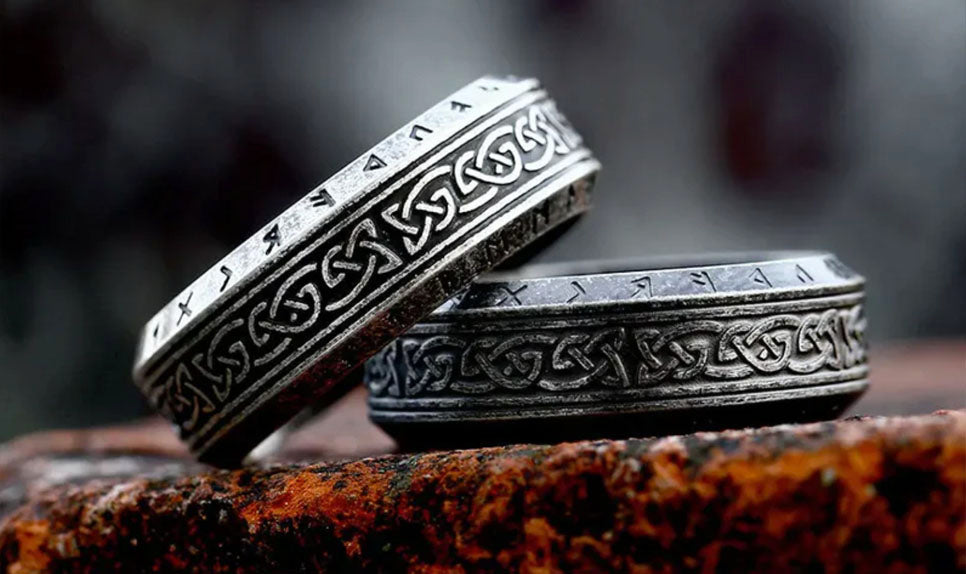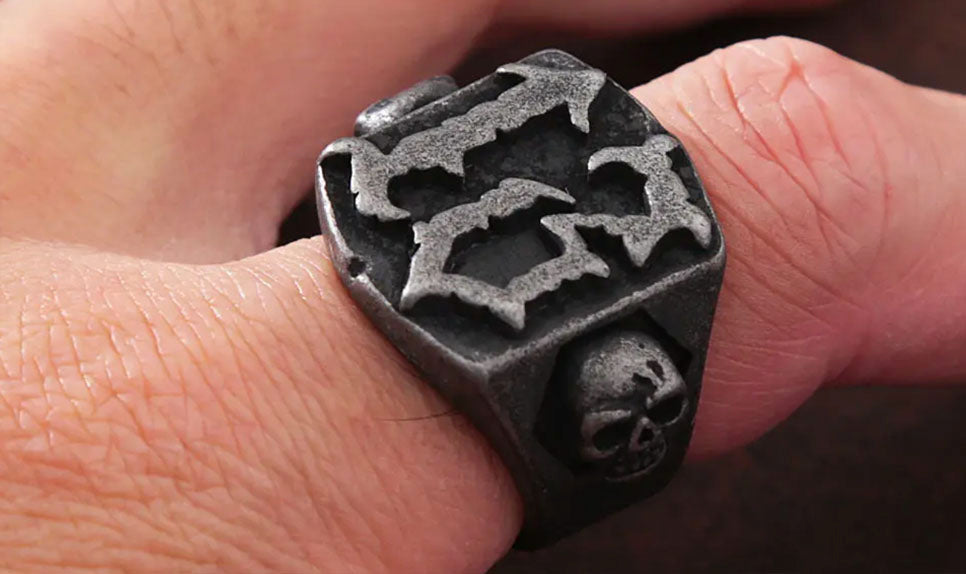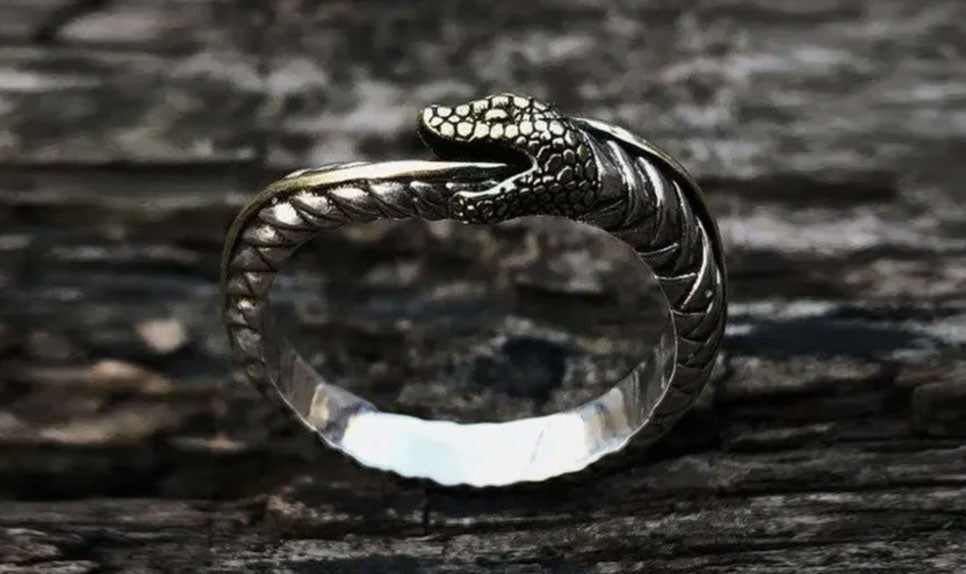
From Raiders to Traders: Exploring the Fascinating World of Viking Culture!
INTRODUCTION

The History and Culture of The Scandinavian Vikings
The Viking Age, which lasted from the late 8th century to the mid-11th century, was a period of great cultural, social, and economic transformation in Scandinavia. During this time, the Vikings, who were skilled seafarers and traders, established settlements and expanded their influence across Europe and beyond.
The Vikings were known for their daring raids on other lands, but they were also skilled craftsmen, farmers, storytellers, and traders. Their culture was characterized by a strong sense of community and loyalty to one's family and tribe. Men and women had defined roles within society, with men being responsible for providing for their families and defending their communities, while women managed the household and raised children.
Viking Arts & Cultures
Religion played an important role in Viking culture, with many gods and goddesses worshipped for different purposes. Odin, Thor, and Freyja were among the most prominent deities, and rituals such as sacrificing animals and burying them in graves were common.
Viking art was often characterized by intricate metalwork, wood carvings, and stone sculptures, while their music featured instruments such as lyres, harps, and drums. Storytelling was also an essential part of Viking culture, with legends and myths passed down through generations.

ANCIENT VIKING ARTIFACTS COME TO MYSTIC SEAPORT
The Vikings' seafaring skills enabled them to establish settlements and trading posts throughout Europe and the Mediterranean. They traded goods such as furs, honey, wool, and slaves, and also engaged in piracy and raiding. One of the most famous Viking expeditions was the discovery of North America around the year 1000, which is believed to have been led by Leif Erikson.
Despite their reputation as fierce warriors and marauders, the Vikings also made significant contributions to the development of European civilization. They established trade routes, introduced new technologies such as the longship, and influenced the art, language, and literature of the regions they visited.
Today, Viking culture continues to fascinate people around the world. Books, movies, and TV shows have explored the myths, legends, and history of the Vikings, and museums and historical sites offer a glimpse into their way of life. The legacy of the Vikings can be seen in the languages, cultures, and traditions of modern-day Scandinavia and beyond.
Viking Cultures & Oceans
Viking culture was heavily influenced by the oceans, as they were a seafaring people who relied on the sea for transportation, trade, and exploration. The Vikings' seafaring skills were unparalleled in their time, allowing them to travel great distances across the Atlantic Ocean, Baltic Sea, and Mediterranean Sea.
The Vikings were skilled shipbuilders, using long, narrow boats called longships to navigate the rough waters of the North Atlantic. These ships had shallow drafts, allowing them to navigate shallow rivers and coastal waters. They were also equipped with both sails and oars, giving the Vikings greater maneuverability in the water.
The oceans played a central role in Viking society, shaping their economy, social structure, and religious beliefs. For example, the Vikings established trading relationships with other cultures across the seas, such as the Byzantine Empire and the Islamic world. They also conducted raids along the coasts of Europe, gaining wealth and power through conquest.
In terms of religion, the Vikings worshipped sea gods and goddesses, such as Aegir and Ran. They believed that these deities controlled the seas and could either help or harm sailors depending on their actions. As a result, many Viking rituals and ceremonies were geared towards appeasing these gods and ensuring safe passage on the seas.

After pillaging France and Spain, Viking raiders set their sights on Rome
As sailors of old would tell you, the sea holds many secrets and tales of adventure. From voyages across vast oceans to encounters with legendary creatures, the stories of seafaring have captivated people for centuries. But even today, the spirit of the sea lives on in the hearts of those who seek adventure and exploration.
Just like the compass that guided pirates on their journeys, the Pirate Compass Stainless Steel Ring can be your personal talisman, reminding you to always follow your own true north. And for those who hold the Viking traditions close to their hearts, the Vegvísir Stainless Steel Ring is a symbol of protection and guidance, helping you find your way through life's challenges.
Unleash Your Inner Viking with Pirate Compass Stainless Steel Ring & The Viking Vegvísir Stainless Steel Ring

Pirate Compass Stainless Steel Rings
Vikings, the legendary seafaring warriors of Scandinavia, have captivated our imagination for centuries. Their fierce spirit of adventure and exploration continues to inspire people around the world. In recent years, there has been a surge of interest in Viking-inspired fashion, with two standout pieces being the Pirate Compass Stainless Steel Ring and The Viking Vegvísir Stainless Steel Ring.
The Pirate Compass Stainless Steel Ring is a striking piece that features a detailed compass design etched onto the surface. This ring symbolizes the adventurous spirit of the Vikings who braved the open seas with nothing but their wits and navigational skills. The compass was an essential tool for any sailor, allowing them to navigate through treacherous waters and reach their destination safely. This ring pays homage to that tradition, making it an excellent choice for anyone who loves to explore new horizons.

The Viking Vegvísir Stainless Steel Ring
On the other hand, The Viking Vegvísir Stainless Steel Ring is another stunning piece inspired by Viking culture. The Vegvísir, a magical Icelandic symbol, was believed to help its wearer find their way home even if they were lost or disorientated. This powerful symbol is etched onto the surface of the ring, making it a talismanic piece of jewelry that brings good fortune and protection to its wearer.
The Viking lifestyle was rugged and demanding, and these rings are a testament to the bravery and determination of the Viking people. They embody the Viking spirit of adventure and the desire to push beyond one's limits. These rings are perfect for those who seek to connect with the Viking legacy and embrace the adventurous side of life.
Both Pirate Compass Stainless Steel Ring and The Viking Vegvísir Stainless Steel Ring are made from high-quality stainless steel, ensuring durability and longevity. Stainless steel is an excellent choice for jewelry as it is hypoallergenic, tarnish-resistant, and easy to maintain. The intricate designs on both rings are beautifully crafted, making them a great addition to any jewelry collection.
CONCLUSION
In conclusion, the introduction of Viking culture had a significant impact on the history and development of Europe and beyond. Their seafaring skills, trade networks, and cultural contributions left a lasting legacy that continues to captivate and inspire people today.


